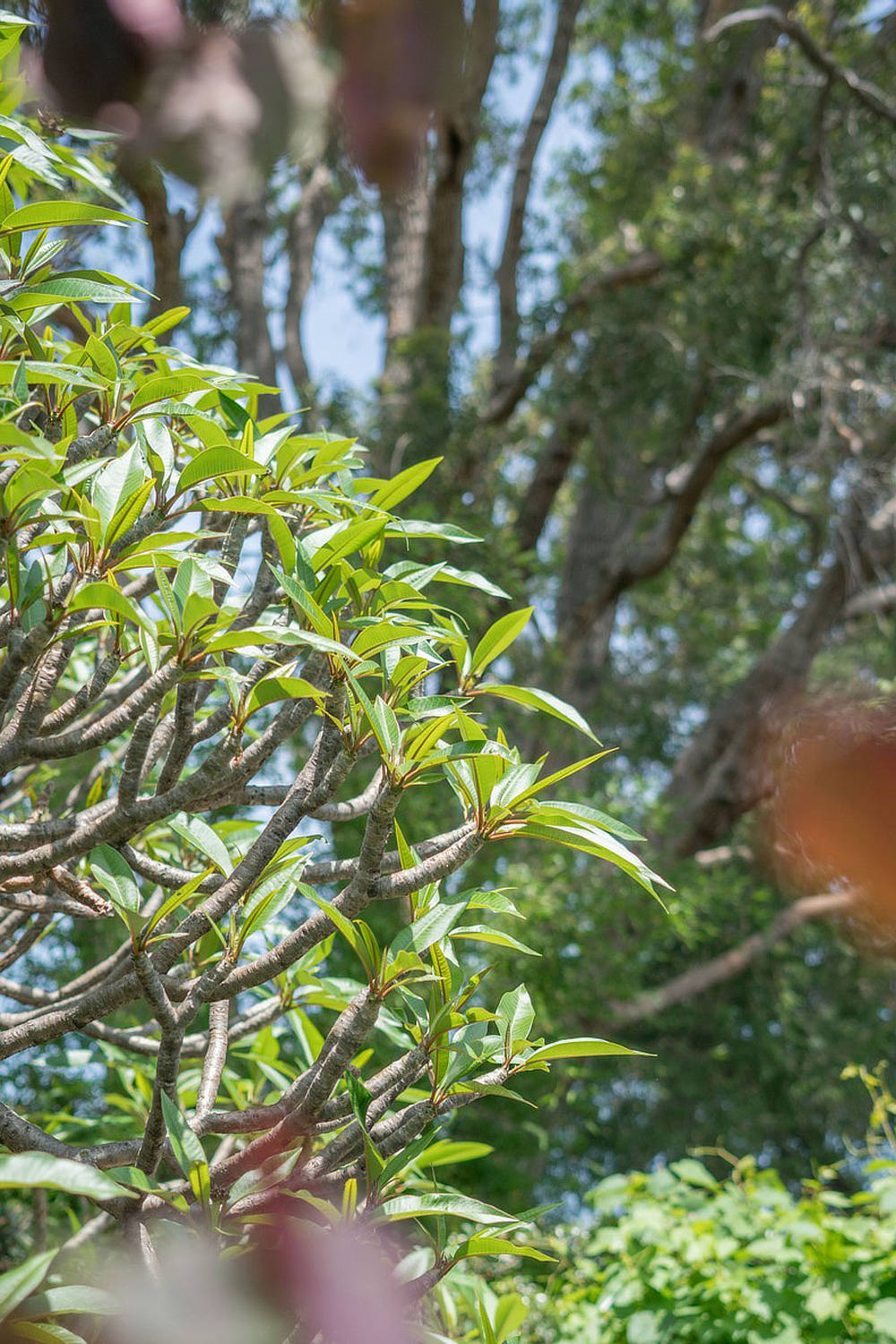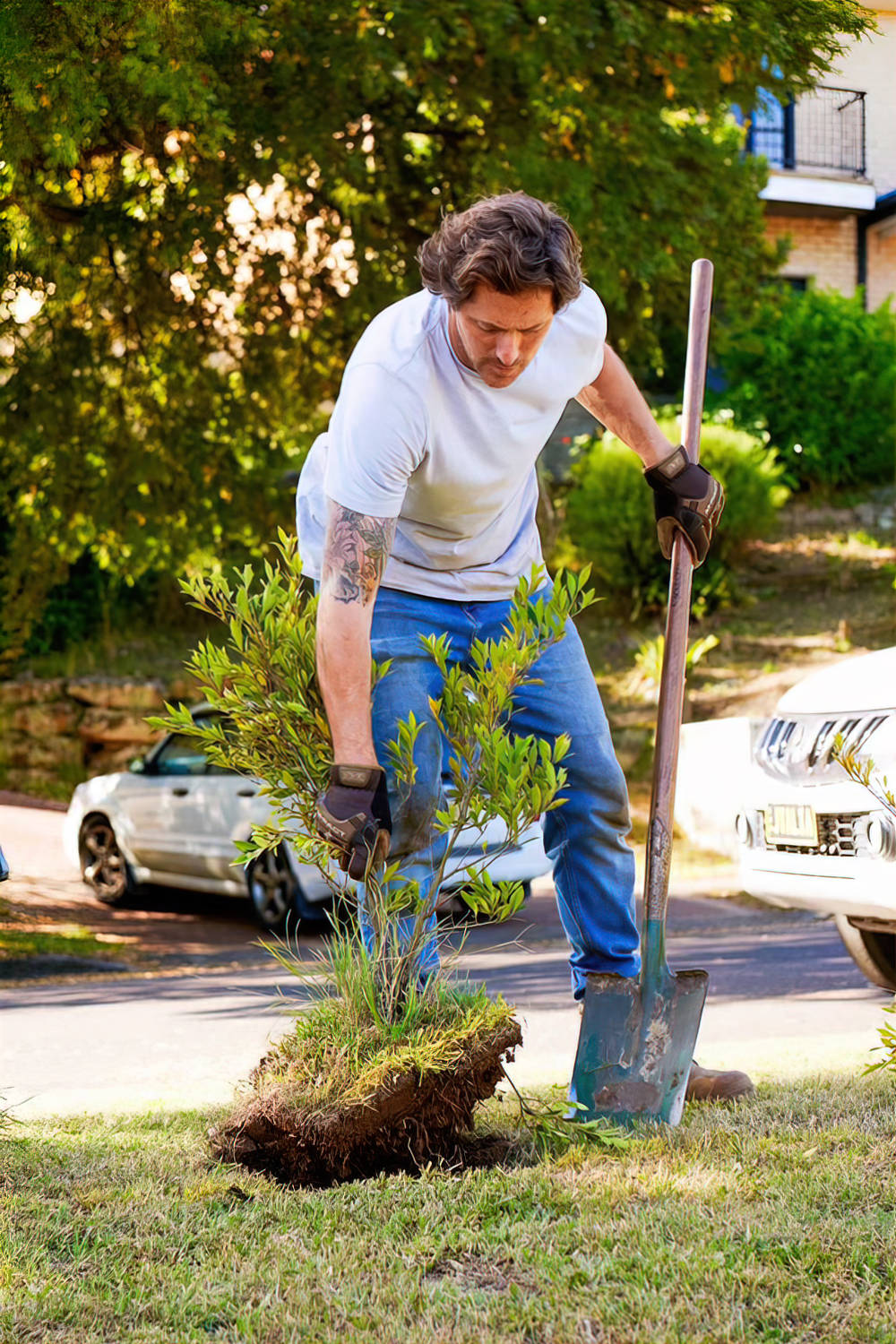Everybody loves a plant filled garden bursting with life and variety but to get that you’ll need to spend a small fortune on individual plants. Having a full and sumptuous garden bed will also help to suppress weeds as light is blocked to the soil and your ornamental plants will outcompete the new weeds. Propagating your own plants and the plants of your gardening friends and neighbours is a great way to increase the plant stock in your space without spending a cent.
If you are a propagating novice then there are a few plants you can try that are fail safe. Succulents, Frangipanni and Devils ivy are the way to go as the strike rate (the gardening term for roots appearing and growth starting) is high and the process uncomplicated. For succulents like house leeks or echeveria you can actually grow a new plant by removing a single leaf and popping it into the soil, this however takes a long time for a new good-sized plant to form. For the same plant removing a pup, which is the baby plant forming on the stem is a much quicker way to get a bigger plant, just try to keep the base of the baby plant together.
In some countries the frangipanni is known as the tree of life as you can cut off a stem and it will easily grow roots from the cut and start a whole new tree. This cut end can rot easily as the sap is so wet so my advice with frangipanni cuttings is to let the cut scab over in a shady spot in the garden for a couple of weeks before potting up into a very sandy mix.
Devils ivy or Pothos is a great indoor plant that is just as easy to create more of, Look down the stem of the plant and you’ll see the point where the leaves join the stem, this is called a node and you need these parts in your cutting to produce roots. Cut off a section just below one of these nodes about 15cm long in total and remove any lower leaves so the stem is bare, pop it straight into a vessel of water such as a vase making sure no leaves are submerged. You should see roots growing quickly and within 4-6 weeks you can remove the cutting and pot it up into good quality potting mix.
Lifting and dividing perennials plants such as Salvias, Day Lilies, Agapanthus and Hosta’s is a great way to break up a large clump and create many more, this process also brings vigour back to the plant and you’ll see growth speed up. Once out of the ground use two forks back-to-back to prise individual plants apart ready for planting up. This should only really be done in the cooler months so wait a bit before you try this method of propagation.
Plants that are suitable for taking cuttings right now are things like Camellia and Rosemary – those that are semi hardwood. There are two ways to take these cuttings and it depends on the plant so ask your local nurseryman before giving it a go. As a rule of thumb plants with dense foliage such as Rosemary, likes a “heel” this is where you remove the part you are taking as a cutting by simply tearing it off the plant – the top 5-10cm of the plant. The tearing made by the ripping is the heel and it will produce roots.
For camellias or plants with larger leaves you need to wait till the new season growth hardens off a bit and changes to a darker green. Cut a section 15cms long with sharp secateurs leaving a crisp cut. Before placing this in potting mix remove all the leaves apart from the top two as this will lessen the water loss through transpiration.
With these semi hardwood cuttings, you can speed up the process of growth by applying a rooting hormone to the end of the plant going in the soil and rather than place it in the middle of the pot slide it down the side so one side is in contact with the edge of the pot and the other with the potting mix – this adds temperature and speeds up root growth. To prevent too much water loss, you can mist the potting mix regularly or place a clear bag over the top of the pot to act like a mini green house.


